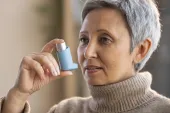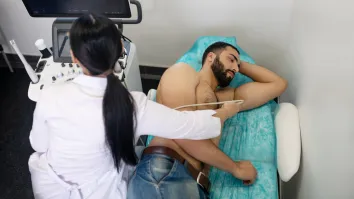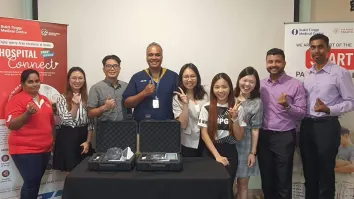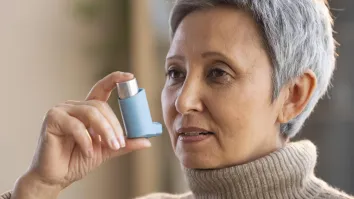CEVR advances eye health with quantum tech for early AMD detection
The device identifies those at risk of early age-related macular degeneration.
ACCURATE and timely diagnosis is a problem connected to irreversible vision loss, prompting the Centre for Eye and Vision Research (CEVR) in Hong Kong to develop a tool for early detection and screening of age-related macular degeneration (AMD).
The centre’s Structured Light Observation and Perception Evaluation (SLOPE) device enables tests to identify people with healthy macula from those at risk of early AMD to administer prompt treatment.
Speaking to Healthcare Asia, Taranjit Singh, a research assistant for CEVR, said there is no cure for vision loss caused by AMD as related treatments are more focused on slowing down the disease’s progression.
“The best thing we can do for these types of retinal diseases is to catch it as early as possible when your vision is so good,” Singh said.
Quantum technology
Shifting from the traditional approaches to retinal imaging, CEVR’s device employs quantum technology and polarisation effects to ensure early detection.
“The way we generate the beam, which helps us to discriminate healthy macula from ones affected by early AMD, uses a lot of quantum mechanics,” Singh said.
There are also such approaches as fundus photography and optical coherence tomography check for structural damage in the retina, which already highlights the presence of vision loss.
“So what happens is that the results on these machines only show when [the disease] is already in the intermediate or later stage,” Singh added.
He further stressed that through the device, CEVR aims to identify ADM in its early stages when functional changes are present in the retina.
“We really hope we can save a lot of eyes, especially for people at an older age,” Singh said.
Commercialisation
Moving forward, CEVR recently established the start-up Entoptica and is looking for investors to commercialise their device for early AMD detection, said Singh.
“We’re trying to reach as many people as possible and hopefully find some good partners, particularly hospital groups around the Asia Pacific region,” he said.
Meanwhile, he said that the tech is currently in its prototyping and preclinical trial phase, testing both affected and healthy individuals to verify the device’s effectiveness.
“We’re collaborating with university and optometry clinics, especially in PolyU (The Hong Kong Polytechnic University), which can provide us with a lot of patients subjected to tests and will validate the scientific backing of a product” Singh added.



















 Advertise
Advertise





